26th November
Musselburgh
With another
weather front looming
to the west, we headed east to Musselburgh. It was a very fine November
morning, blue sky, crisp sunshine and barely a breath of wind, but
cold. It was still all those things as we emerged from Dalkeith
Morrisons, stomach packed with fine breakfasts (9.5/10). We parked at
the mouth of the River Esk and walked east along the sea wall where we
were surprised by the extent of the low tide. Our first captures were
of the masses of Greylag Geese standing in the shallows where the river
met the Firth of Forth. Among them were a few Mute Swans looking rather
nervous as they competed for space with their noisy rivals. I snapped a
passing Herring Gull and soon after, an amorous, and dare I suggest,
overambitious male Goldeneye chancing his luck with 3 females who were
not in the least bit interested.
Greylag
Geese
|
Mute Swan
|
Herring Gull
|
Goldeneye
|
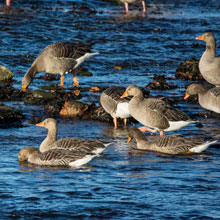
|
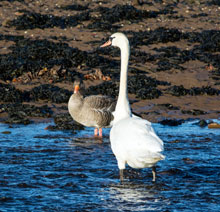
|
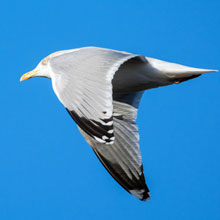
|
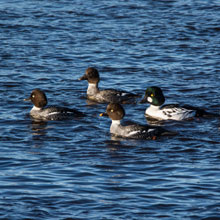
|
Further east a
Curlew was feeding
below the wall, along with several other familiar species. Carrion
Crows were picking up shellfish and dropping them from 30ft onto the
bare rocks. Arthur’s Seat provided an impressive backdrop for
the
mouthwatering panorama before us where literally thousands of birds
were making the most of the feeding opportunities made possible by the
attraction, thousands of miles above their heads, between the Moon and
sea.
Curlew
|
Carrion Crow
|
Arthur's Seat
|
Leith
|
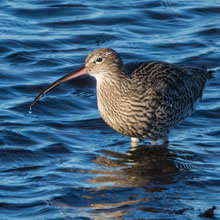
|
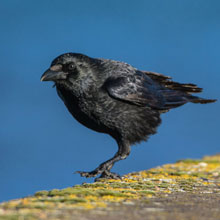
|
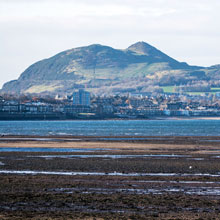
|
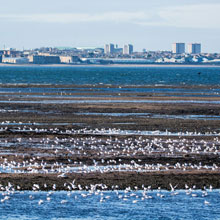
|
Close to the
Curlew, a Bar-tailed
Godwit used its sword-like beak to probe the sand for tasty morsels. A
Common Gull patrolled the air space above these birds, obviously hoping
for a quick snatch should any fumbling take place. Oystercatchers were
also jabbing at the sand, albeit at a much shallower depth. A rather
amber-looking Cormorant glided across the scene and settled amidst the
armies of birds to the west of the river.
Curlew
|
Common Gull
|
Oystercatcher
|
Cormorant
|
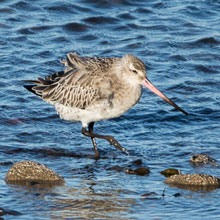
|
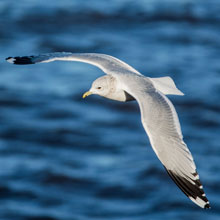
|
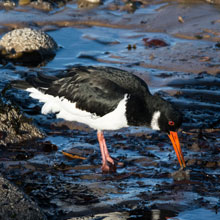 |
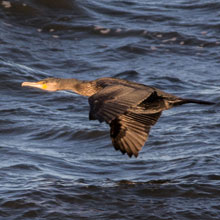
|
From the end of
the exposed rocky
beach of the Esk estuary to the path to the Scrapes we saw precious few
birds. But just as we were about to move south off the sea wall path, a
quartet of Black-headed Gulls approached us from the east, skimming
over the sea with seemingly little effort. Then a handsome drake Wigeon
shot overhead making for the Scrapes. John drew my attention to a Reed
Bunting on a stalk of vegetation. It was between us and the sun and, as
I tried to sneak around it for a better angle, I spooked it by
accidentally cracking open a few frozen puddles! The Scrapes were 5 big
icy puddles with only a few distant Wigeon brave enough to have a go at
feeding there.
Black - headed Gull
|
Wigeon
|
Reed Bunting
|
Wigeon |
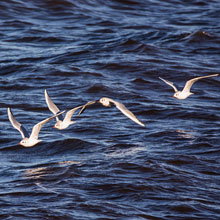
|
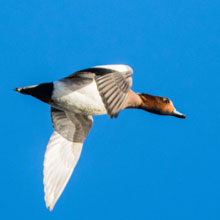
|
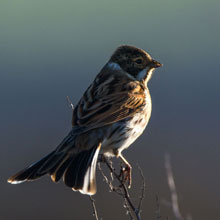
|
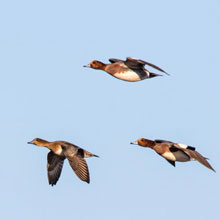
|
Pretty though
the Wigeon were, we
headed back west on our return journey. A couple of beautifully white
Mute Swans were on the Boating Pond, but little else. Another Mute Swan
was just off the sea wall, and further out a group of Velvet Scoter and
now appeared. There seemed to have been a bit of courtship behaviour
going on in between dives.
Wigeon
|
Mute
|
Swan
|
Velvet Scoter
|
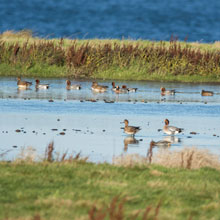
|
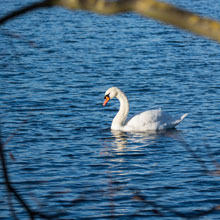
|
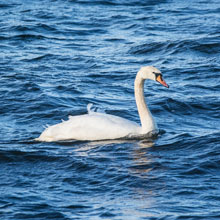
|
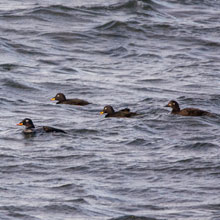
|
Back at the Esk
mouth a few little
Turnstones were impressively working the shoreline. Our final capture
at the Esk was of a pair of Magpies having a bit of a set-to, fighting
over God knows what. We decided to move down the coast for a short
spell at Port Seton where we expected the now incoming tide to have
drawn birds closer to the sea wall. This proved to be a forlorn hope.
All we saw were a pair of nice wee House Sparrows – but the
sea view
was nice.
Turnstone
|
Magpie
|
House
|
Sparrow
|
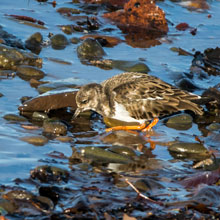
|
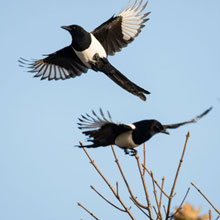
|
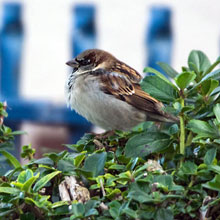
|
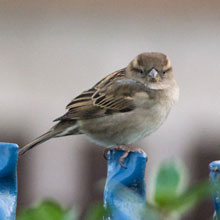
|
It had been a
kind of
run-of-the-mill Sunday for us, with no unusual sightings, but with more
than a few decent pictures of the “usual suspects”.
We celebrated
nevertheless by devouring our usual Danish Pastries washed down by
strong tea.
Pictures of the
week:
Curlew
|
1st Cycle Black-headed Gull
|
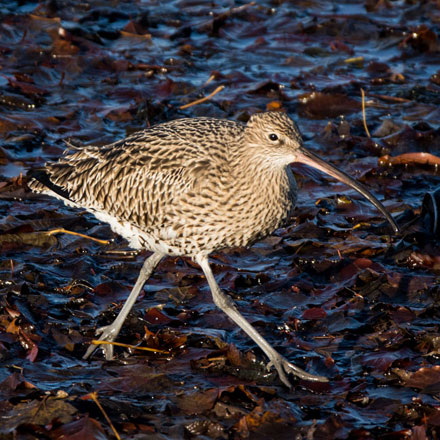
|
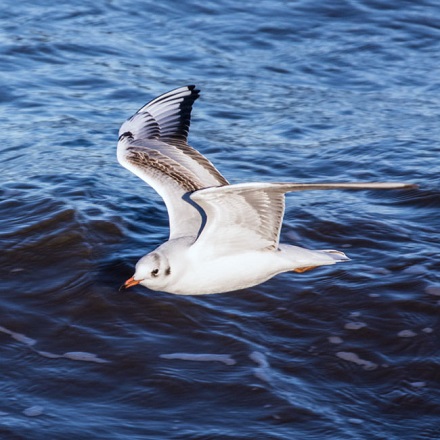
|
Goldeneye
|
Reed Bunting
|
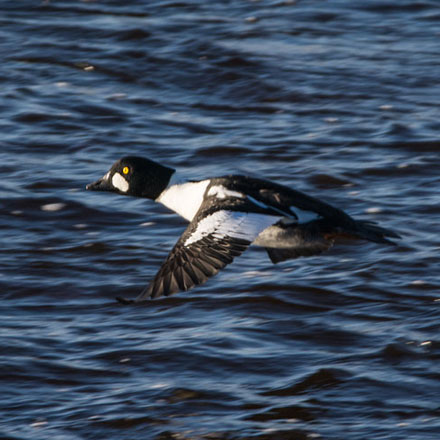
|
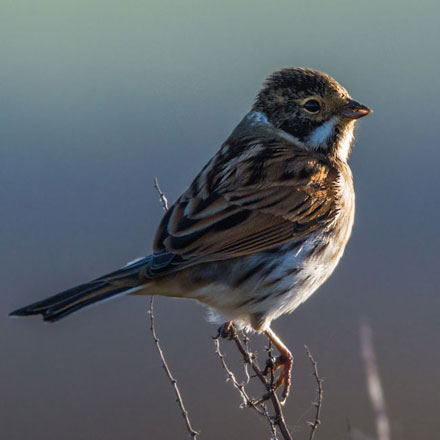
|
19th
November 2017
Barns
Ness
This week we travelled east
in an
attempt to get ahead of an advancing cloud
and rain-laden weather front. Our plan nearly worked, but was
effectively
foiled by an unfortunate delay in service in Morrisons Cafe. The
breakfast,
when it eventually arrived, was lovely, but we’d to wait an
age for it
to
appear (8/10). The front piled in as we tarried, and by the time we
reached
Barns Ness, the sun had become obscured by ever-thickening cloud. We
managed a
couple of captures on the road into the site. A large flock of
Pink-footed
Geese that had been lodged around the Whitesands Quarry suddenly took
to the
air and flew further east. As they passed over, a restless, nervous
flock of
Linnets were darting about. I managed to take a few shots from the car
as they
rested briefly on the roadside fence. As we set off on a walk around
the
Lighthouse, a few Golden Plovers drew us over to the rocks to the
north. The
tide was coming in so we sat for a time to see what we could see,
starting with
a pair of Mallards loitering in a pool.
Pink Footed Geese
|
Linnet
|
Golden Plover
|
Mallard
|
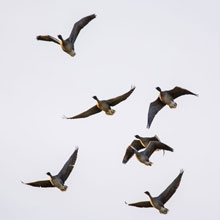
|
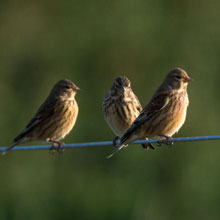
|
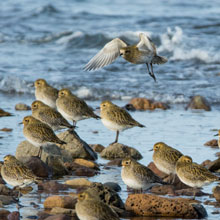
|
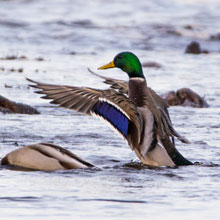
|
As the tide advanced, many
birds were
repositioning themselves as they were
beginning to get their feet wet. Golden Plovers, Oystercatchers and
Curlew were
on the move. And soon we too were on the move. We decided to make our
way
around the coast to the beach where we might find birds feeding around
seaweed.
On our way there, we spotted a wee Robin sitting on a tree in the
lighthouse
garden, posing threateningly, probably marking territory. A Redshank
looked on
from the shore, not giving a damn.
Oystercatcher
|
Curlew
|
Robin
|
Redshank
|
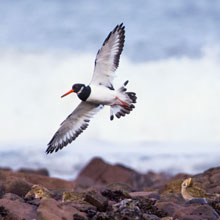
|
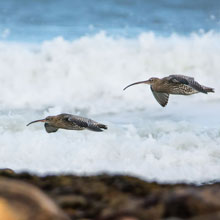
|
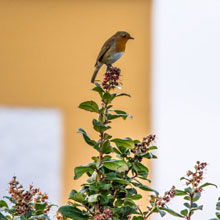
|
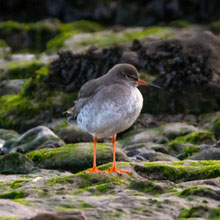
|
Eventually we
came across a large
patch of seaweed strewn about the beach. Loads of little Dunlin were
scurrying around feeding as they dodged the waves ebbing and flowing
around them. We noticed a larger grey bird feeding with them, a Grey
Plover. It looked like the black and white version of the Golden
Plover. Darting amongst the weed were a couple of birds we see nearly
every week – a Rock Pipit and a Pied Wagtail. I never tire of
photographing them as they are ever-giving subjects.
Dunlin
|
Grey Plover
|
Rock Pipit
|
Pied Wagtail
|
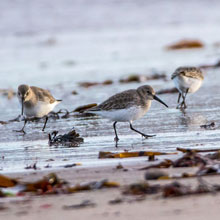
|
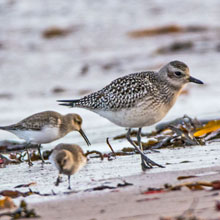
|
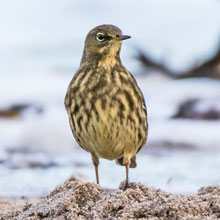
|
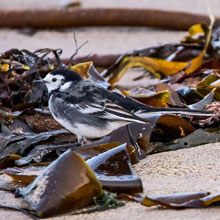
|
As he scanned the scene
with binoculars,
John spotted an “untidy-looking
Cormorant” heading towards us. As it sped past, I managed a
shot. My
eyes were
drawn to a small wader, much more pale than a Dunlin, feeding in a
similar
manner – a Sanderling. When I had visited a few days earlier,
there had
been
whole flocks of these, but we saw only one today. When we retraced our
steps west back around the coast past the lighthouse we came upon some
Turnstones on nearby rocks. Beyond them, again fairly close, a flock of
a
couple of hundred Golden Plover sat on the rocks. As the tide was still
advancing, the Plovers were gradually getting closer as they moved
closer to
the shore to keep dry. The amber light from the low sun illuminated the
birds
beautifully emphasising their golden plumage. I took many pictures
hoping to
get at least one or two that would do them justice.
Cormorant
|
Sanderling
|
Turnstone
|
Golden Plover
|
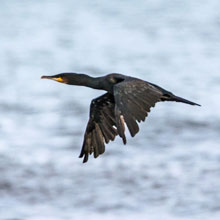
|
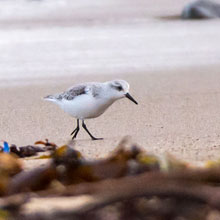
|
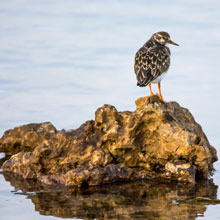
|
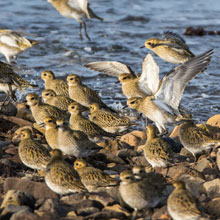
|
Back at the car
we were pleased
with our sightings. Our initial disappointment proved to be to be
unwarranted as we got birds, decent light – and tea and
toffee-apple
Danish pastries! Sorted!
Pictures of the week:
Dunlin
|
Grey Plover
|
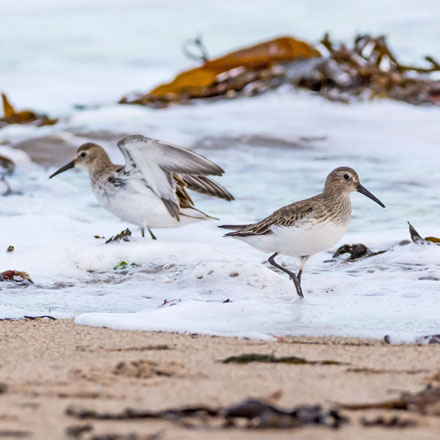
|
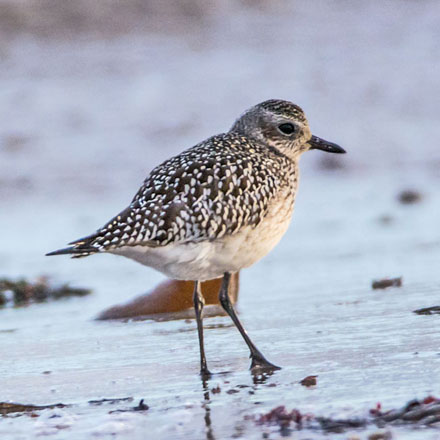
|
Golden
|
Plover
|
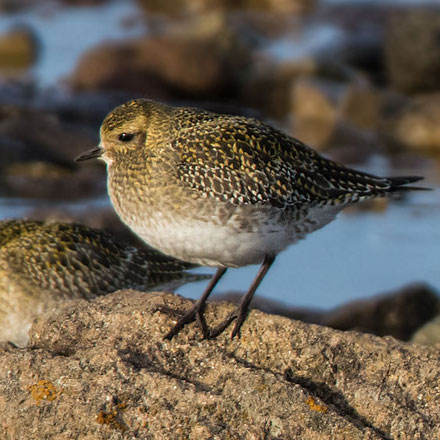
|
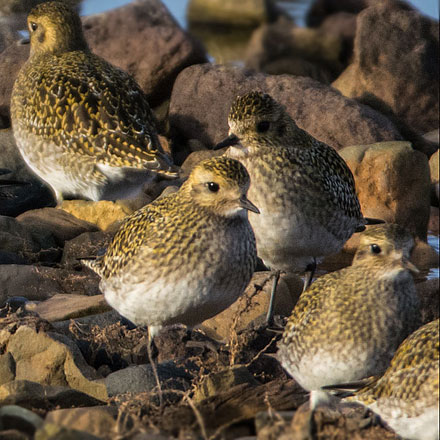
|
12th
November 2017
Stevenston, Saltcoats,
Irvine
Harbour
With sunny
weather across the
whole of the Central Belt, we had a large choice of destinations and,
since we had gone east over recent weeks, we headed west to Stevenston
Point. From the Point, the the Isle of Arran set in a deep blue sea
made a picturesque backdrop. Straight away we noticed Black-headed
Gulls and Sanderling off the the north side of the Point. We edged a
bit closer, careful not to put the birds up, and found a closer enclave
of a dozen or so Sanderlings. Also, a Common Gull was among the many
birds feasting at the water’s edge.
Arran
|
Black-headed
Gulls
Sanderlings
|
Sanderlings
|
Common Gull
|
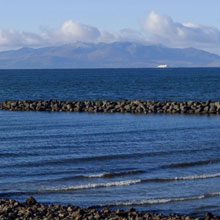
|
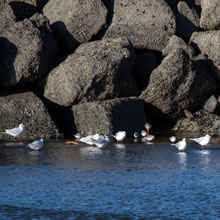
|
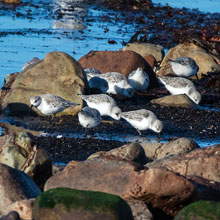
|
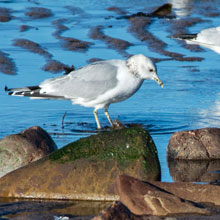
|
As we
photographed the birds, to the east of Stevenston, High Kirk wind farm
dominated the view. The blades were turning steadily in the bitter
north wind, helping to meet Scotland’s domestic electricity
needs, but
of course the Sanderling and Redshank I was snapping were unconcerned
with windmills. Later we found Ringed Plovers off the south side of the
Point. They were scurrying about frantically then pausing like little
statues, probably believing that being still made them invisible.
High Kirk
Wind Farm
|
Redshank
|
Sanderlings
|
Ringed Plover
|
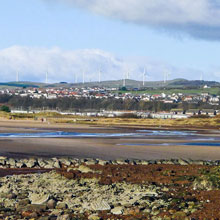
|
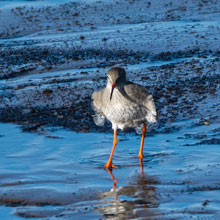
|
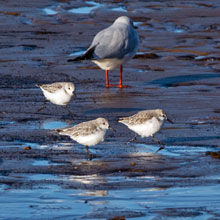
|
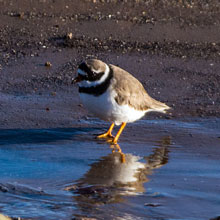
|
Just as we left
the Point a single
drake Goldeneye landed and started diving just to the north. It only
stayed a few minutes though before pressing on north. We drove up to
Salcoats Harbour – always worth checking. As we left the car,
an
impressive big Great Black-backed Gull juvenile drifted low above our
heads. The tide was out and people were on the rocks within the harbour
so there weren’t many birds there. We ambled around the
promenade
hoping for better luck at the tower. We were in luck as a pair of
Curlew were feeding below us, lit wonderfully by the low autumn sun.
Other birds there included the ubiquitous Herring Gull,…
Goldeneye
|
1st Cycle Great Black-backed Gull
|
Curlew
|
Herring Gull
|
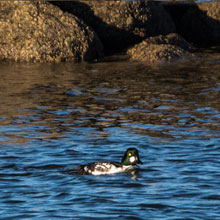
|
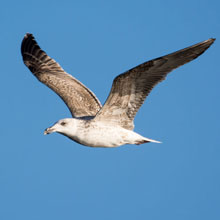
|
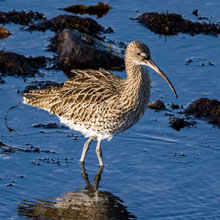
|
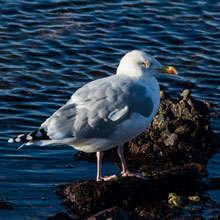
|
… some
Turnstones, Ringed Plover, and a
Redshank that was aggressively
poking at something deep within the seaweed. We observed the rocks for
a while
before heading back to the car. A busy Starling caught my eye, its
plumage lit
up in a full spectrum of colours by the bright sunlight.
Turnstone
|
Ringed
Plover
|
Redshank
|
Starling
|
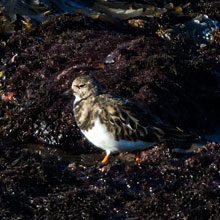
|
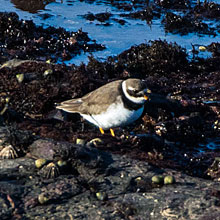
|
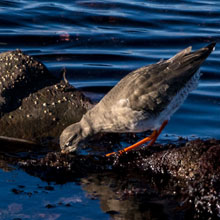
|
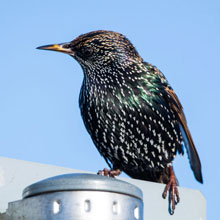
|
At the
harbour’s grassy edge, just
below the car park, we came upon a group of Greenfinches. We see far
fewer of these handsome birds since their numbers were badly affected
by disease. The birds we saw seemed healthy enough. We briefly checked
the other side of the harbour but we only came away with a picture of a
nice little Rock Pipit. We then moved on to Irvine Harbour for our tea
and pastry. We found some juvenile Shags diving below the footbridge.
They made great subjects as they were dramatically lit in the now amber
light of the near-setting sun. Across the River Garnock large flocks of
Wigeon and Lapwings were very active, but quite distant.
It
had been another very enjoyable day that had yielded more than a few
great photographic opportunities. We celebrated, as usual, with a warm
cup of tea and, for a wee change, John had purchased a couple of
rhubarb tarts – what’s not to like?
Pictures of the week:
Starling
|
Greenfinch
|
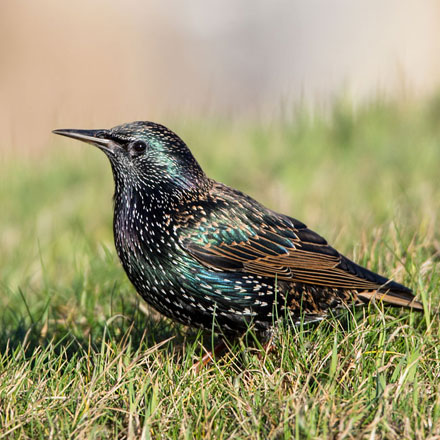
|
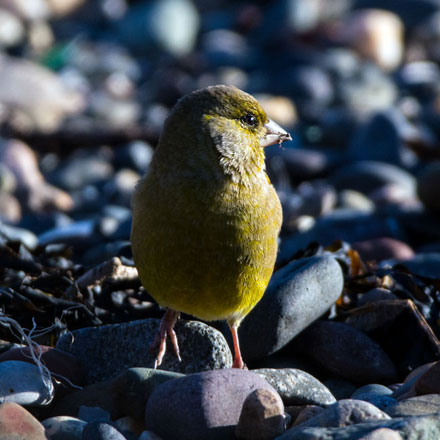
|
Juvenile
Shag
|
Curlew
|
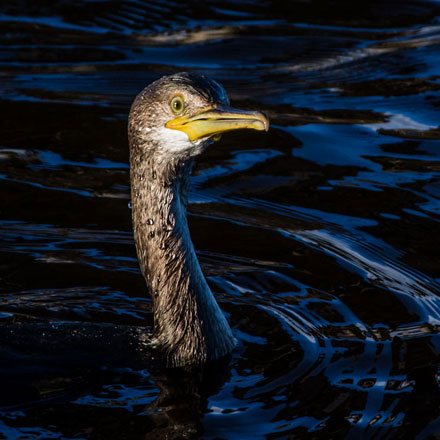
|
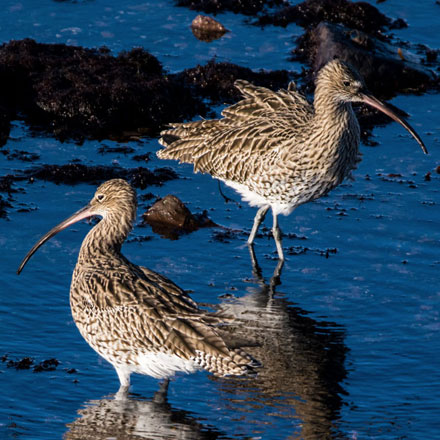
|
5th
November 2017
Musselburgh
We started this
week’s adventure
with a tour around Airth that turned into a classic wild goose chase,
that is, a wild Snow Goose chase, that ended, appropriately enough,
without a sniff of a Snow Goose. It was lovely weather for it, but we
cut our losses and headed for Musselburgh.
It was noon
before we got our
first picture (well, we couldn’t miss our Morrisons
breakfast!). It was
of a pretty little Goldfinch by the banks of the Esk (see Pictures of
the Week, below). In the mouth of the estuary a big flock of Greylags
were bobbing up and down in the choppy waters. Closer to the seawall a
few female Goldeneye were diving away unconcerned by the sea
conditions. A single Greylag Goose flew past followed by a female
Wigeon, the first of many such passes we’d see.
Greylag
Geese
|
Female Goldeneye
|
Greylag Goose
|
Wigeon
|
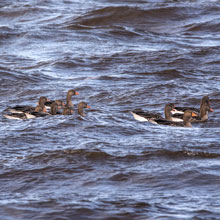
|
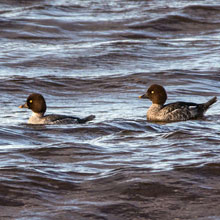
|
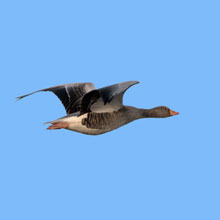
|
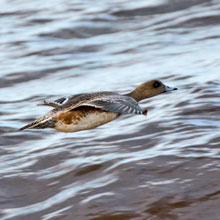
|
It was a bit cold and
breezy with low,
bright autumn sunshine that got
brighter as the early cloud cleared away. More Wigeon flew past
probably
heading for the safety of the Scrapes. We then had a sudden arrival of
around
50 twittering Twite. They landed on the seawall and, when they were
satisfied
it was safe to continue, they one-by-one descended to the feed at the
grassy
fringes of the path. Meanwhile a solitary Pied Wagtail foraged amid the
puddles
without giving any attention to the noisy invaders. As I moved
cautiously
towards the Twite, trying to get some better shots, they were put up by
a
passing jogger who smiled in amusement as he observed my obvious
frustration. John
drew my attention to a male Eider diving for shellfish just below the
seawall.
We were lucky to find it struggling to down his latest catch
– a small
crab.
Wigeon
|
Twite
|
Wagtail
|
Eider
|
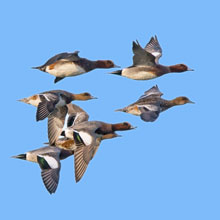
|
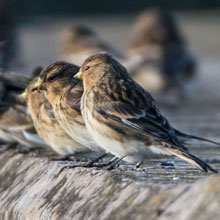
|
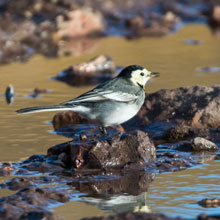
|
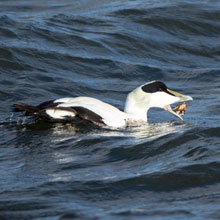
|
As we plodded on, we
disturbed what I
thought at first was another Twite but
later realised it was a female Reed Bunting. The male
couldn’t have
been far
away but we couldn’t see it. At the Scrapes we were
disappointed to
find the
birds were well back from the hides. Large numbers of Redshanks,
Bar-tailed
Godwits and Oystercatchers were in evidence, but not much else. We were
informed by birders we met in the hides that a Greenshank and Spotted
Redshank
were about, but we didn’t see them. Since the light was
dimming as the
sun got
lower in the sky, we started back to the car. There wasn’t
much
happening in
the sea, probably due to the choppy surface, however our main
attentions were
drawn to the frequent fly-pasts. I managed a decent shot of a young
passing
Cormorant.
Female Reed Bunting
|
Redshank
|
Bar-tailed Godwit
|
Cormorant
|
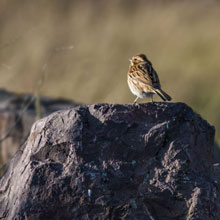
|
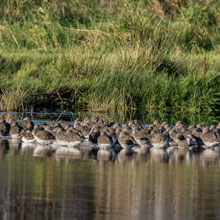
|
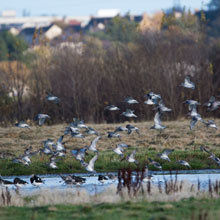
|
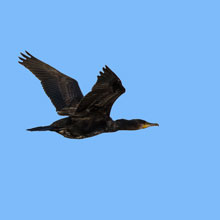
|
More Wigeon continued to
fly past us,
their colourful plumage beautiful
highlighted by the low sun. A bold Carrion Crow flew overhead. A bonny
pair of
well-lit Black-headed Gulls were the last of our aerial observations. I
think
it’s a shame we underrate these birds, like we underrate
Mallards,
Starlings
and other common birds, as they are very pleasing to the eye. As we
reached the
end of the seawall John pointed out the Greylags we had seen at the
start of
our walk, now they were so far out binoculars were required to make
them out.
Wigeon
|
Carrion Crow |
Black-headed
Gull
|
Greylag Geese
|
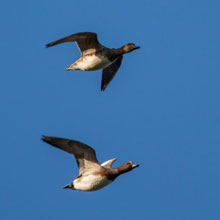
|
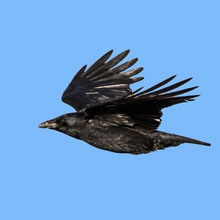
|
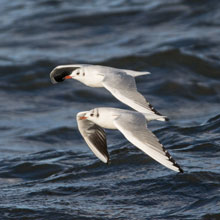
|
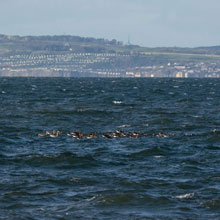
|
The
final drama of the day unfolded as we prepared for our tea and Danish
pastry. Some daft person had forgot to pack the flask of hot water
– OK
it was me! So it was off to the famous Luca’s cafe for
carry-out tea –
the day was saved!
Pictures of the week:
Goldfinch
|
Twite
|
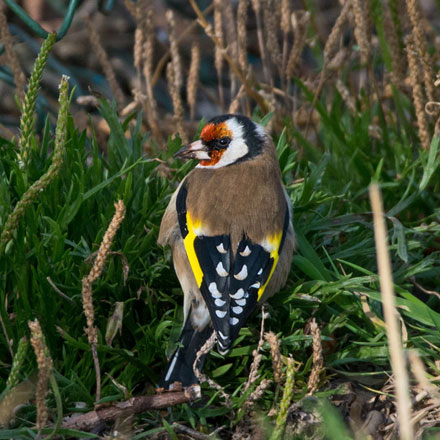
|
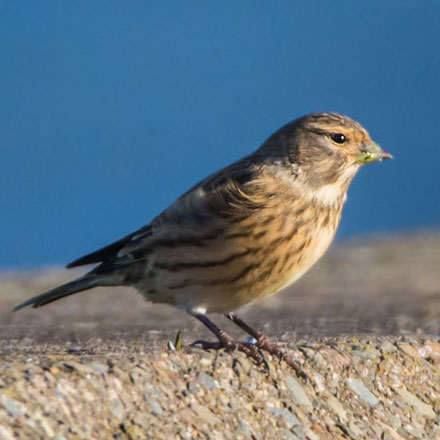
|
Wigeon
|
Reed Bunting
|
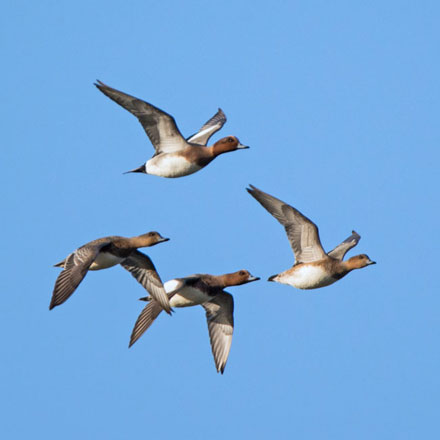
|
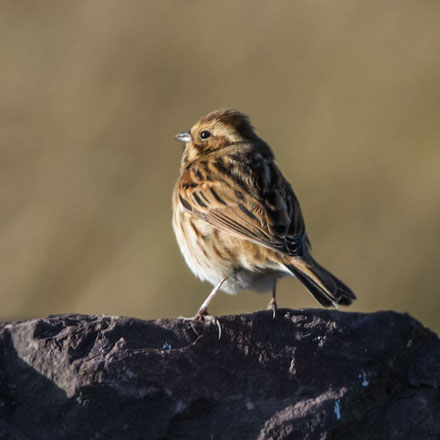
|
Back
To
Top
|

